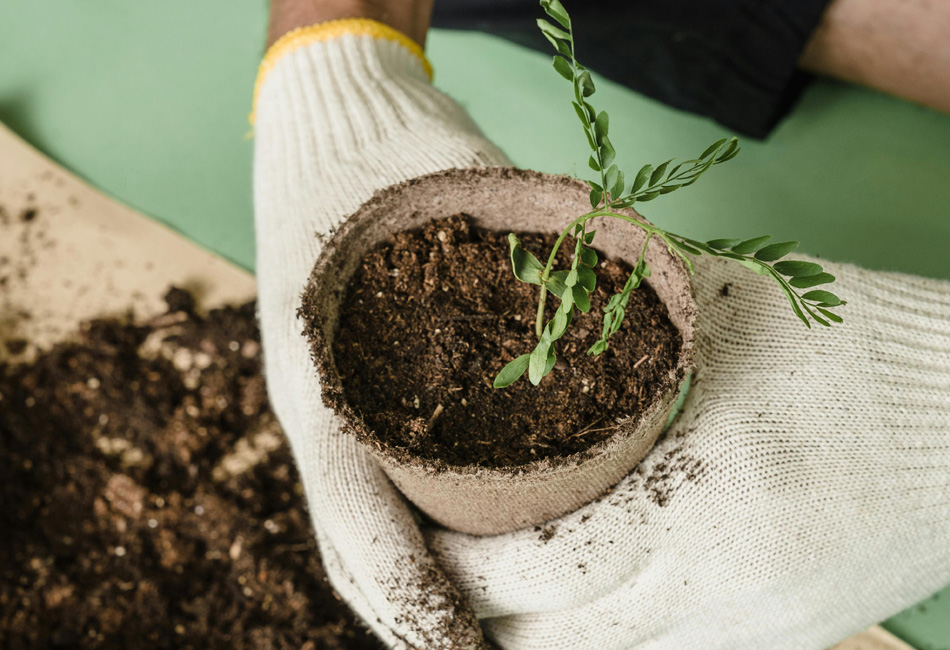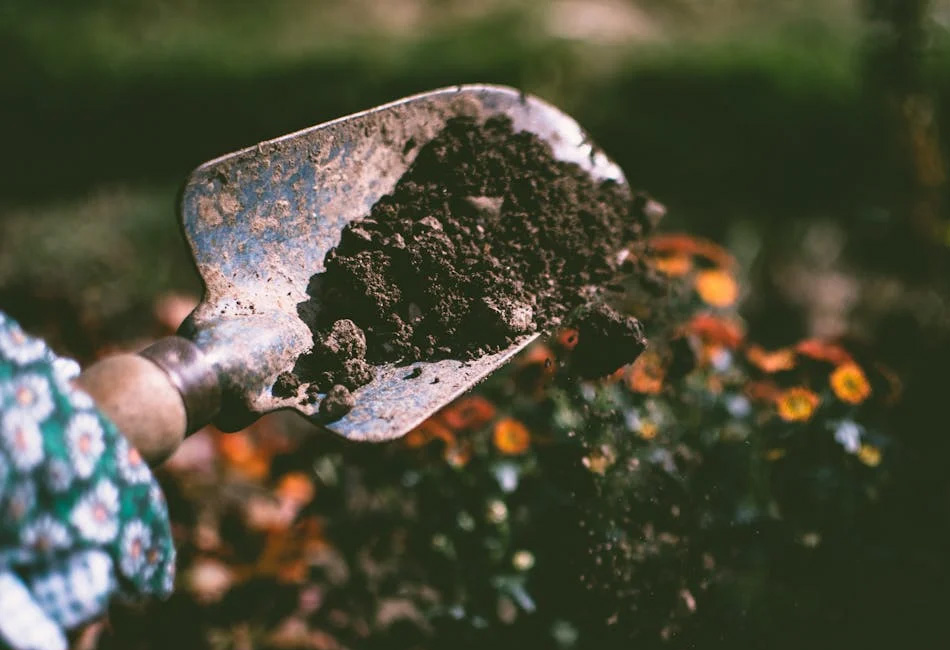What Are Raised Garden Beds?
A raised garden bed is a contained planting area elevated above the ground. It typically consists of a box or frame made from wood, metal, stone, or composite materials, filled with soil and compost. Raised beds come in many sizes, making them suitable for backyards, small patios, or even large-scale gardens.
Gardeners choose raised beds because they provide a clean, manageable space that reduces weed competition, improves root health, and makes gardening more accessible.
Prepare
Plant
Grow
Care
Cources
Resources

Benefits of Raised Garden Beds
Raised garden beds offer a wide range of advantages, including:
Improved Soil Quality – You control what soil goes in, ensuring optimal fertility and drainage.
Better Weed Management – Defined borders keep weeds out more effectively than open ground.
Extended Growing Season – Beds warm faster in spring and can be covered for protection in colder months.
Accessibility – Taller beds make gardening easier for people with mobility challenges.
Higher Yields – Healthy soil and controlled growing conditions result in more productive plants.
Materials for Raised Garden Beds
Raised beds can be built with a variety of materials, each with unique benefits:
Wooden Raised Beds
Natural and traditional, wood is the most common material. Cedar and redwood are rot-resistant and ideal for long-term durability.
Metal Raised Beds
Galvanized steel or corrugated metal beds provide sleek, modern designs and resist pests and decay.
Stone & Brick Raised Beds
These permanent structures are attractive, durable, and blend well into landscaped gardens.
Plastic & Composite Raised Beds
Eco-friendly and low-maintenance, composite materials resist rot and last for years without replacement.


DIY Raised Garden Beds
Building your own raised garden bed is a rewarding and cost-effective project. With simple tools and materials, you can design a custom bed that fits your space and style.
-
Step 1: Choose your material (wood, metal, stone).
-
Step 2: Build a frame or wall structure.
-
Step 3: Line with landscape fabric if desired.
-
Step 4: Fill with a rich mix of soil, compost, and organic matter.
-
Step 5: Start planting!
DIY options also allow you to experiment with shapes, such as rectangular, square, or circular beds.
Common Mistakes to Avoid
While raised beds are simple to manage, there are pitfalls to watch for:
-
Making beds too wide, which makes weeding and harvesting difficult.
-
Using treated lumber, which may leach chemicals into the soil.
-
Not filling beds with enough soil depth for root crops like carrots and potatoes.
-
Forgetting to rotate crops seasonally, which can deplete soil nutrients.
By planning properly, your raised garden bed can last for years and provide abundant harvests.
Why Raised Beds Are Worth It
Raised garden beds combine practicality with beauty, making them a favorite choice for both beginner and advanced gardeners. They give you full control over your growing environment while reducing maintenance and improving results.
At 411GardenBeds.com, we provide resources, building guides, and inspiration to help you create raised beds that fit your needs. Whether you choose wood, metal, stone, or composite, a raised garden bed will transform the way you grow.
